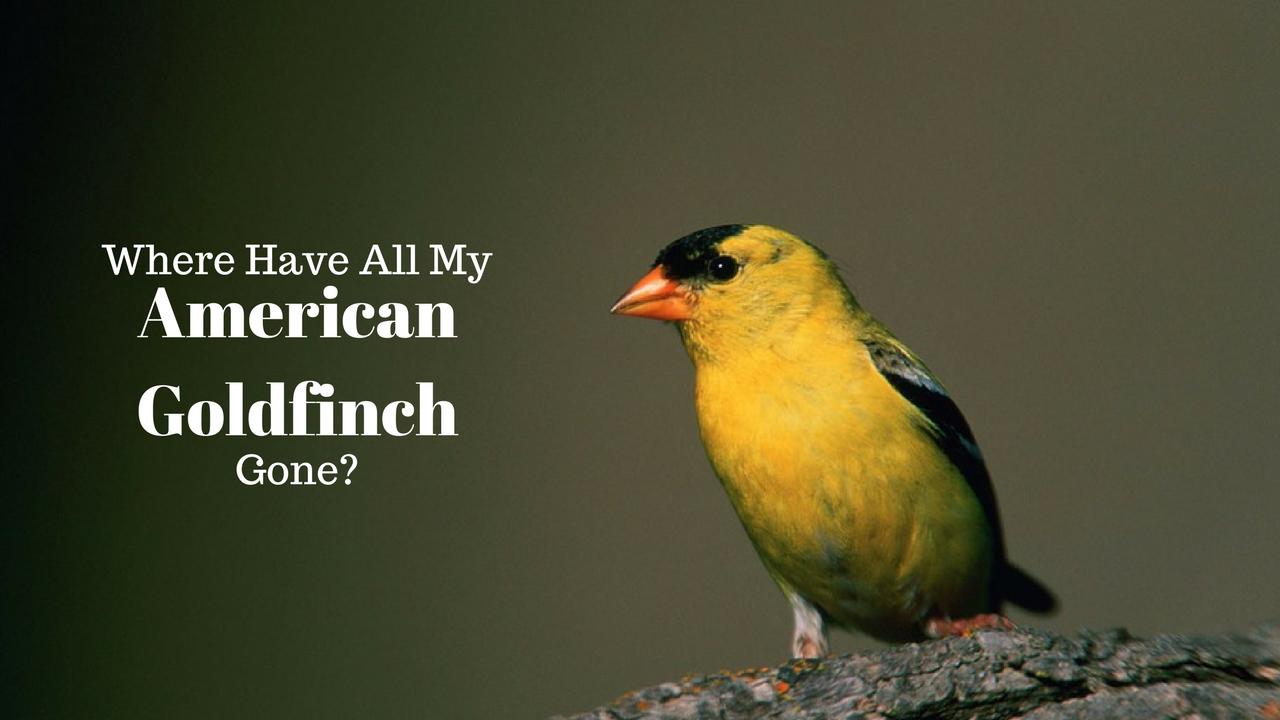Offer
Provide additional details about the offer you're running.
Provide additional details about the offer you're running.
Provide additional details about the offer you're running.

The colours of spring (now officially Summer) are vibrant and give us a renewed sense of being as we watch the ecosystem around us transform into lush vegetation and new life. In addition to the green and myriad of colours found in wooded areas and our gardens, we are also treated to the spirited colouring of some of our favourite birds.
From the deep red hue of the male Northern Cardinal to the deep yet calming blue of the indigo buntings and eastern bluebirds, none seem to catch our eyes as prominently this time of year as the yellow-coloured American goldfinch.
Transitioning from their pale green-brown colouring they have sported through the winter to an energetic lemon-gold plumage, it is certainly one of the most breathtaking transformations in the birding world. As we continue to make our way toward the month of July however, the common sightings around our feeders, wooded edges and open weedy spaces seem to be dramatically decreasing.
But Why? Where have all the American goldfinches gone?
First off, there is no reason to fret, this is typical behaviour that perhaps catches birders off guard. For those of you that might be new to the birding game, or simply never noticed before however, here is a couple of the main reasons these flashy little birds seemingly disappear this time of year.
Migration
That’s right, for some species, there is still is some migrating left to do. Here in Eastern Ontario, these small birds will often head north into the Boreal Forest to continue to forage and prepare for their nesting season. Which brings up reason number two…
They Are Late Nesting Birds
As many of our birds here in the Ottawa area are well past the nesting season (hello, fledglings!), the American goldfinch is only just beginning their preparation. Watch for the bright yellow males to start their mid-air battles, normally starting at your feeders and spiraling upward for the rights to a mate. These birds typically begin to nest well into the middle of July and in some cases, as late as August. The reason being, they are awaiting some of their favourite small thistle and weed and grass seeds to fully mature to ensure they have ample food to provide their forthcoming brood of chicks. Watch for the young birds at your feeders as mom and dad show them the ropes.
After raising their young, these birds will return to our region just as many of our other spring and summer residents are ready to flee.
What To Do in the Meantime
If you, like us, have many tube feeders dedicated to finches, filled with small seed such as nyjer, this is a great time to bring a couple of them in for some routine maintenance. We would always recommend keeping your feeders full as there are many American Goldfinches that do nest in our area. Give your feeders a thorough cleaning and be sure to store your seed, so long as it has not succumbed to any moisture, it should be fine when the masses return.
High Quality Blend